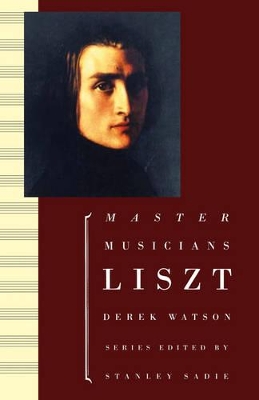Master Musician S.
2 total works
Liszt's career at the centre of the Romantic Movement encompassed the legendary virtuoso tours, the composition and transcriptions which revolutionized the possibilities of the instrument, his important period as conductor in Weimar, his creation of new types of orchestral and choral music, his influence as a teacher, and his lifelong radical approach to harmony, tonality, and form. Derek Watson also examines Liszt's liberal religious philosophy, his artistic
aesthetic, and his tireless efforts on behalf of fellow musicians, viewing him essentially as a cosmopolitan, pan-European figure, unique in the breadth of his travels and culture, who drew upon a richly diverse legacy of art, and who in turn left his mark on many different schools of composition. Areas
of his music which have been hitherto ignored or forgotten are brought to light, and several myths and misunderstandings about the man and his art are exposed and exploded.
aesthetic, and his tireless efforts on behalf of fellow musicians, viewing him essentially as a cosmopolitan, pan-European figure, unique in the breadth of his travels and culture, who drew upon a richly diverse legacy of art, and who in turn left his mark on many different schools of composition. Areas
of his music which have been hitherto ignored or forgotten are brought to light, and several myths and misunderstandings about the man and his art are exposed and exploded.
It has taken Bruckner's music a long while to win international recognition, but his symphonies and sacred choral works have now found a place in the repertory of orchestras and choirs throughout the world. Published to commemorate the centenary of Bruckner's death, this second edition updates Derek Watson's study of the composer and his music in light of the developments in Bruckner research over the last 20 years. The early chapters of Derek Watson's book contain a vivid account of Bruckner's struggles and achievements both in his personal life and in his creative career. The later chapters cover each of his works in detail, from the mighty span of the mature symphonies to the smallest of his undeservedly neglected motets. The characteristic features of his art and his strikingly individual conception of mass and symphony are discussed and set alongside the works of his contemporaries.

